Pallet trucks are the most commonly used industrial trucks for internal transport. Whether in a warehouse, workshop, or outdoor use – the right design determines speed, safety, and cost. Here you'll learn exactly what types are available, what to consider regarding design, load capacity, lifting height, and surface conditions , and how to properly maintain the equipment and oil.
Pallet truck types in direct comparison
| type | Description | Load capacity | Lifting height | Dead weight | Area of application |
|---|---|---|---|---|---|
Hand pallet truck (standard) |
Manually operated, classic forks | 2,000–2,500 kg | 85–200 mm | ≈ 65 kg | Ground-level pallet transport on smooth floors |
Scissor lift truck |
Ergonomically height adjustable | 1,000–1,500 kg | up to 800 mm | ≈ 120 kg | Workstations, picking |
Weighing pallet truck |
Integrated scale, optional printer | 1,500–2,000 kg | 85–200 mm | 110–115 kg | Weighing and transport in one step |
Electric pallet truck (compact) |
Electric drive and lifting system | 1,200–1,500 kg | 85–200 mm | from 85 kg | Medium distances, ergonomic |
Electric pallet truck (standard) |
Full-fledged electric drive, larger battery | 1,600–2,000 kg | 85–200 mm | ≈ 200 kg | Longer distances, high volume of operations |
High lift truck (manual/electric) |
Stacking up to 3 m, partly free lift | 1,000–1,600 kg | 1,600–3,000 mm | 260–300 kg | Rack operation, truck loading/unloading |
Heavy-duty pallet truck |
Reinforced forks | 3,000–5,000 kg | 85–200 mm | 95–100 kg | Industrial heavy-duty transport |
All-terrain pallet truck |
Coarse-tread/air-filled wheels | 1,000–1,500 kg | 85–200 mm | 220–240 kg | Outdoor area, gravel, meadow |
Four-way pallet truck |
Lateral movement thanks to special rollers | 1,000–2,500 kg | 85–200 mm | 70–100 kg | Narrow aisles, special pallets |
Why the pallet truck weight matters
The weight affects handling, maneuverability , ramp performance, and transport. Additional equipment such as a scissor lift or scales increases the weight—requiring more power or a more powerful drive. For mobile applications (e.g., service vehicles), a lighter device is advantageous.
Surfaces and suitable wheels
| Forklift type | Suitable substrates | Typical areas of application |
|---|---|---|
| Hand pallet truck | Asphalt, concrete, industrial flooring, tiles | Warehouses, ramps, transporters, platforms |
| Weighing pallet truck | Industrial floors, tiles, loading ramps | Goods receipt, picking |
| Scissor lift truck | Smooth industrial floor | Assembly, packaging, workplaces |
| Pallet truck | Concrete, asphalt, ramp (electric) | Shelf operation, loading and unloading |
| All-terrain pallet truck | Gravel, meadow, cobblestones | Outdoor storage, construction site, exhibition stand construction |
Wheel tip: Polyurethane = quiet, low rolling resistance (indoor). Rubber/air = comfortable, uneven terrain. Tandem wheels protect the floor and roll over thresholds more easily.
Structure and main components

| No. | component | Description |
|---|---|---|
| 1 |
Drawbar with steering handle |
Used for pulling, steering, and controlling. The integrated lever controls the hydraulics—for lifting, lowering, and driving. |
| 2 |
Drawbar mounting screw |
Securely attaches the drawbar to the hydraulic block. Important for safe power transmission when steering and pumping. |
| 3 |
Forks / Chassis |
Solid steel construction for load transport. The two tines extend under the pallet. The hydraulic unit is located at the rear. |
| 4 |
hydraulic unit |
The core of the lifting function: Through a pumping movement, it generates the necessary pressure to lift the load. |
| 5 |
Steering wheels |
Two wheels for steering the pallet truck. Usually with a rubber or PU coating for smooth handling on smooth floors. |
| 6 |
Steering wheel fork |
Connects the steering wheels to the frame and allows them to rotate. |
| 7 |
Bearing bridge / support plate |
Stabilizes the connection between the hydraulic unit and the fork frame. Important for even load distribution. |
| 8 |
push rod |
Transfers the pumping power from the drawbar to the hydraulics. Without it, there's no lifting function. |
| 9 |
control rod |
Connects the lowering mechanism to the valve control in the hydraulic unit. |
| 10 |
Return spring |
Ensures that levers and rods return to their original position after operation. |
| 11 |
Coupling for valve control |
Controls the “lift”, “neutral” or “lower” function via a lever. |
| 12 |
Load rollers |
Mounted under the tines – they carry the weight of the pallet and roll over the ground. |
| 13 |
Reach fork with roller holder |
Connects fork and load roller mechanism – crucial for lifting stability and freedom of movement. |
Electric or specialized pallet trucks have additional components, such as:
- Battery and charging unit
- Electric motor with control
- Safety and braking systems
Hydraulic oil and maintenance
Oil selection: HLP 32 or HLP 46 according to DIN 51524 are standard. VG 10/LM 32 is recommended for cold areas, NSF-H1- compliant specialty oils are recommended for the food industry; bio-based oils are recommended for sensitive environments.
Capacity: Approximately 0.3–0.6 liters per cylinder, depending on the model. If the cylinder's stroke performance decreases, it runs sluggishly, or the engine becomes noisy, check the oil level and change it if necessary.
| interval | Task | Notice |
|---|---|---|
| Weekly | Visual inspection: seals, rollers, fork, oil level, functional test | Immediately block and replace damaged parts |
| Yearly | Technical inspection including leaks, wear, hydraulics | File report, update inspection sticker |
| Occasion-related | Oil change in case of contamination/loss of power; bleeding after repair | Use only approved oils |
Correctly classify lifting height and load capacity
- Hand pallet truck: Lifting height up to approx. 200 mm – for ground-level operation.
- Scissor lift trucks: up to approx. 800 mm – ergonomic working heights.
- High lift trucks: 1.6–3.0 m (sometimes more) – residual load capacity decreases with lifting height.
- Standard load capacity: 2,000–2,500 kg; heavy loads up to 5,000 kg possible.
Rule of thumb: Never plan on the edge. Allow a 10–20% margin, especially for ramps and long paths.
Safety and operational practice
- Check load capacity: read the type plate, do not overload.
- Keep your center of gravity in mind: be careful on curves and slopes.
- Choose appropriate wheels: PU for indoor use, rubber/air for outdoor use; tandem for sleepers.
- Braking/start assist: A must for inclines and loading ramps.
- Observe free lift: Safely pass through low passages in trucks/containers.
- Maintain maintenance: Check regularly, check oil level, replace rollers in good time.
Conclusion
The right pallet truck saves time, effort, and money. Crucial factors include load capacity , lifting height , surface , and wheels . Keeping maintenance and oil under control minimizes downtime and extends the service life. Interested in renting a pallet truck or warehouse equipment ? Feel free to contact us with your inquiry.


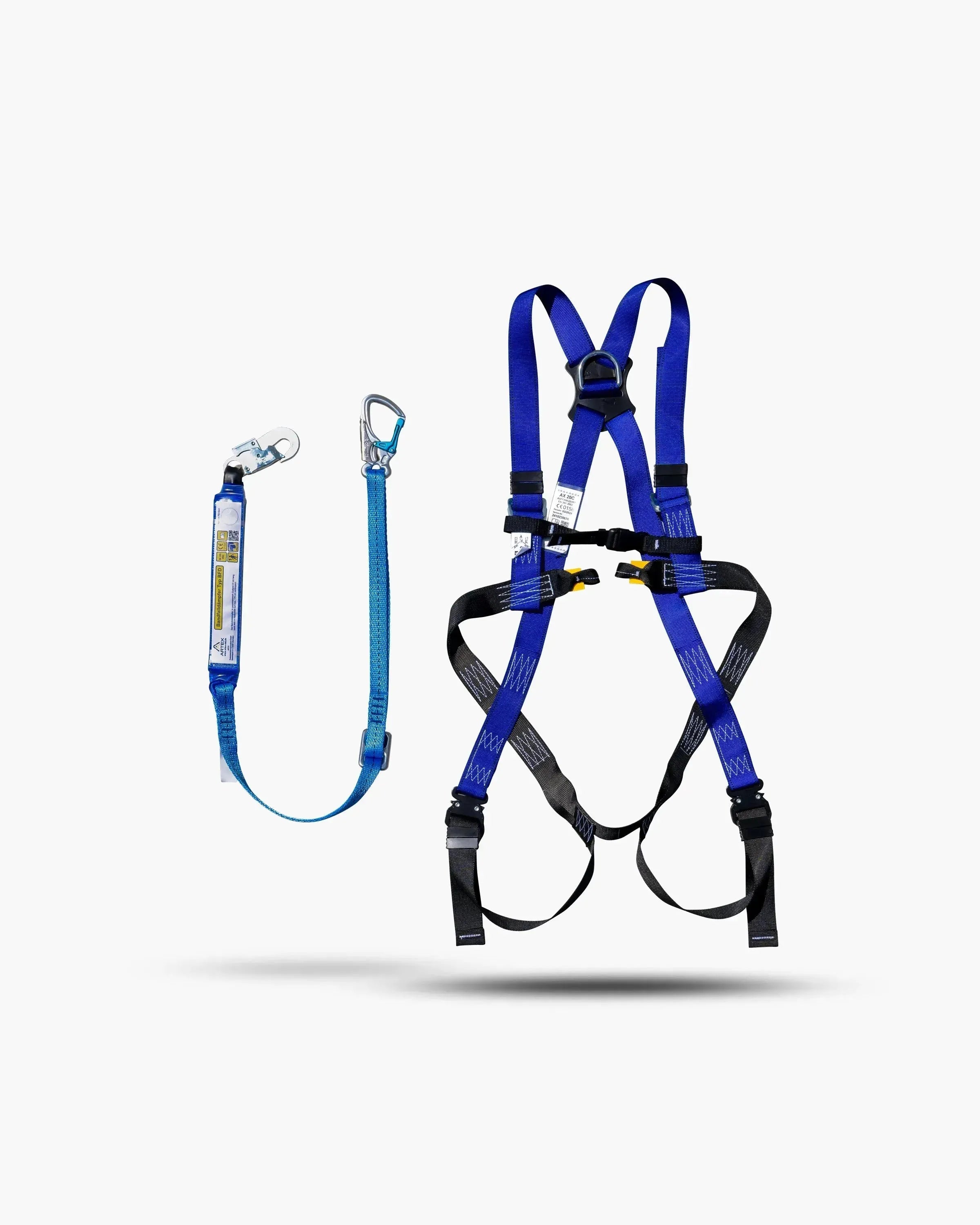




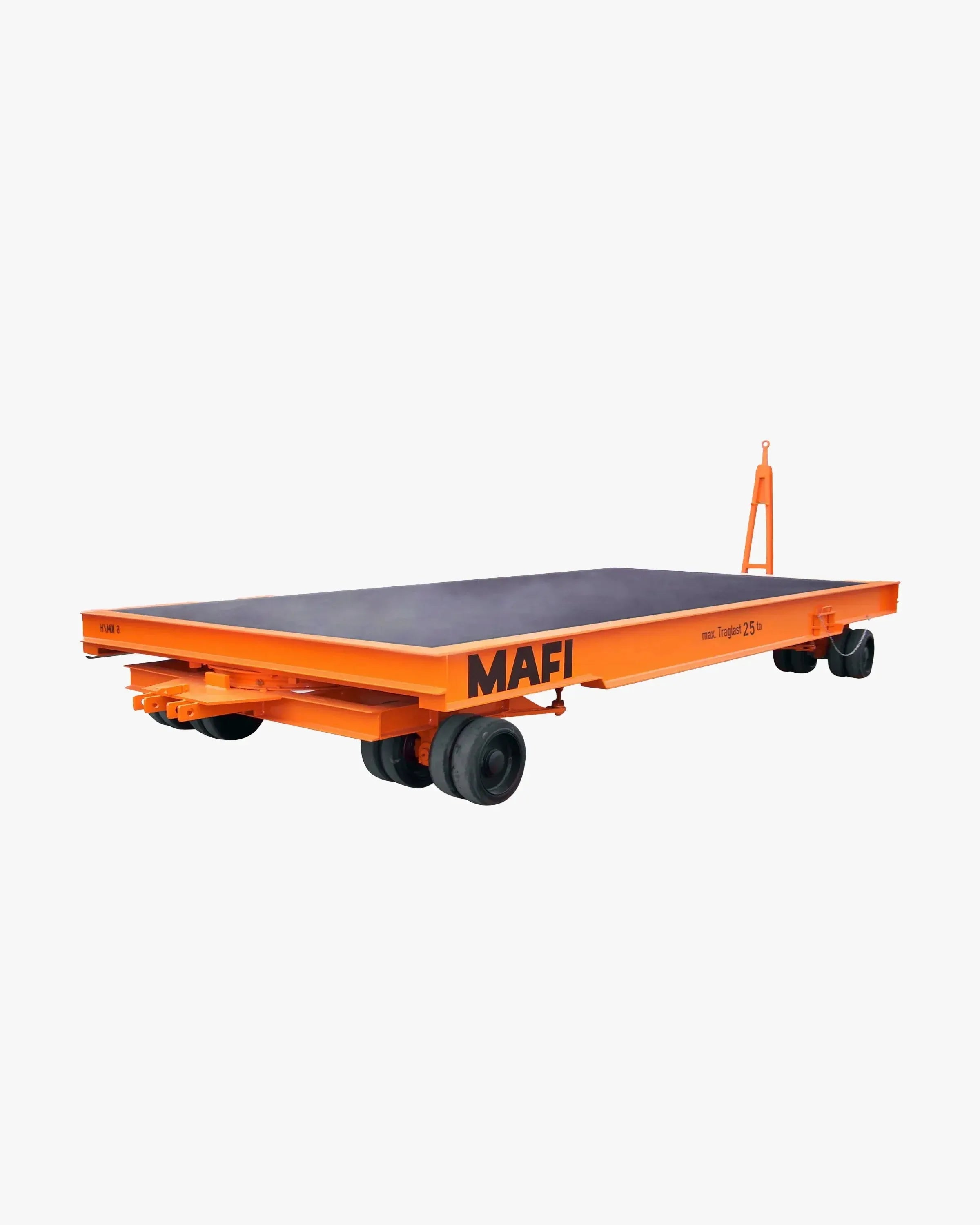
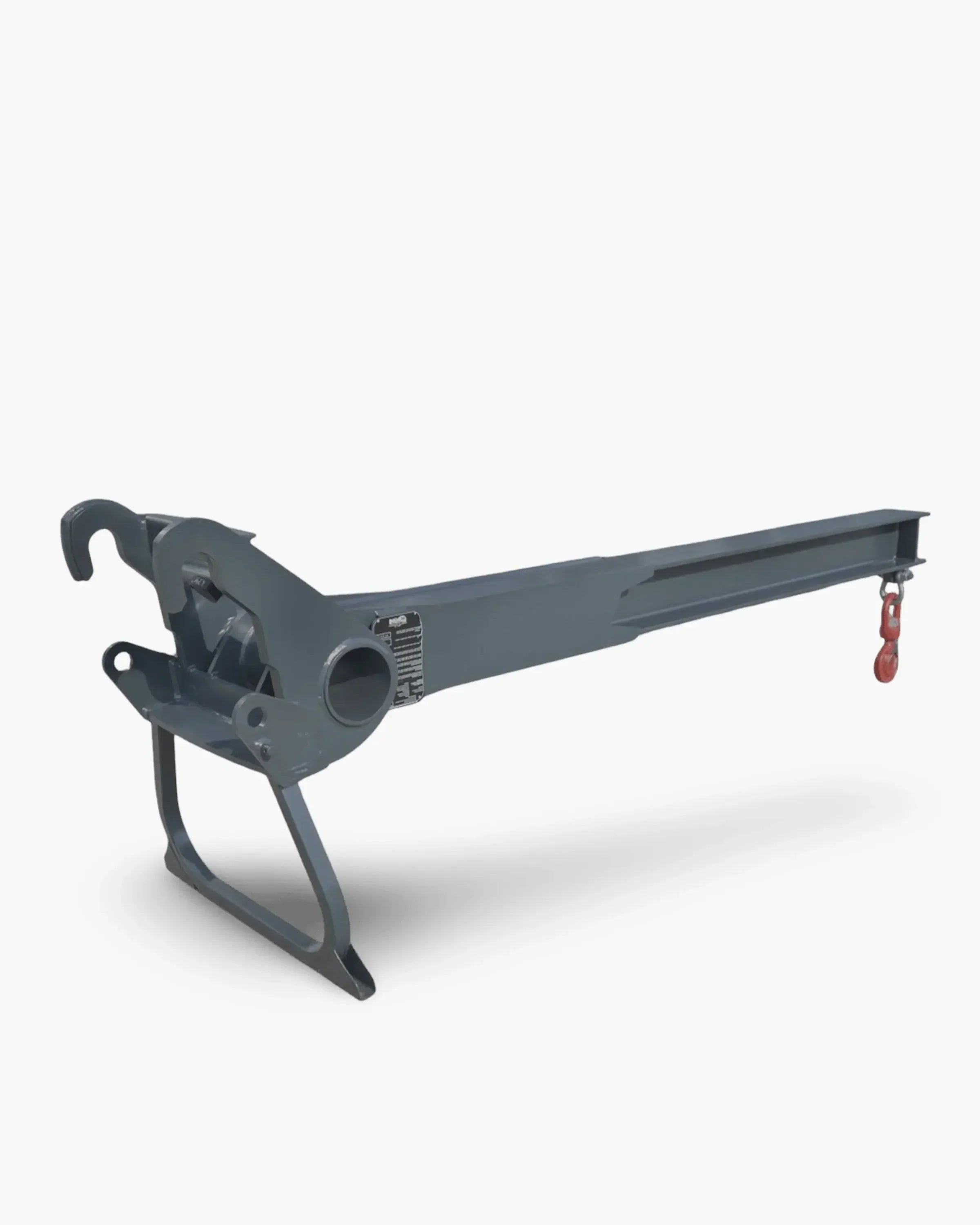

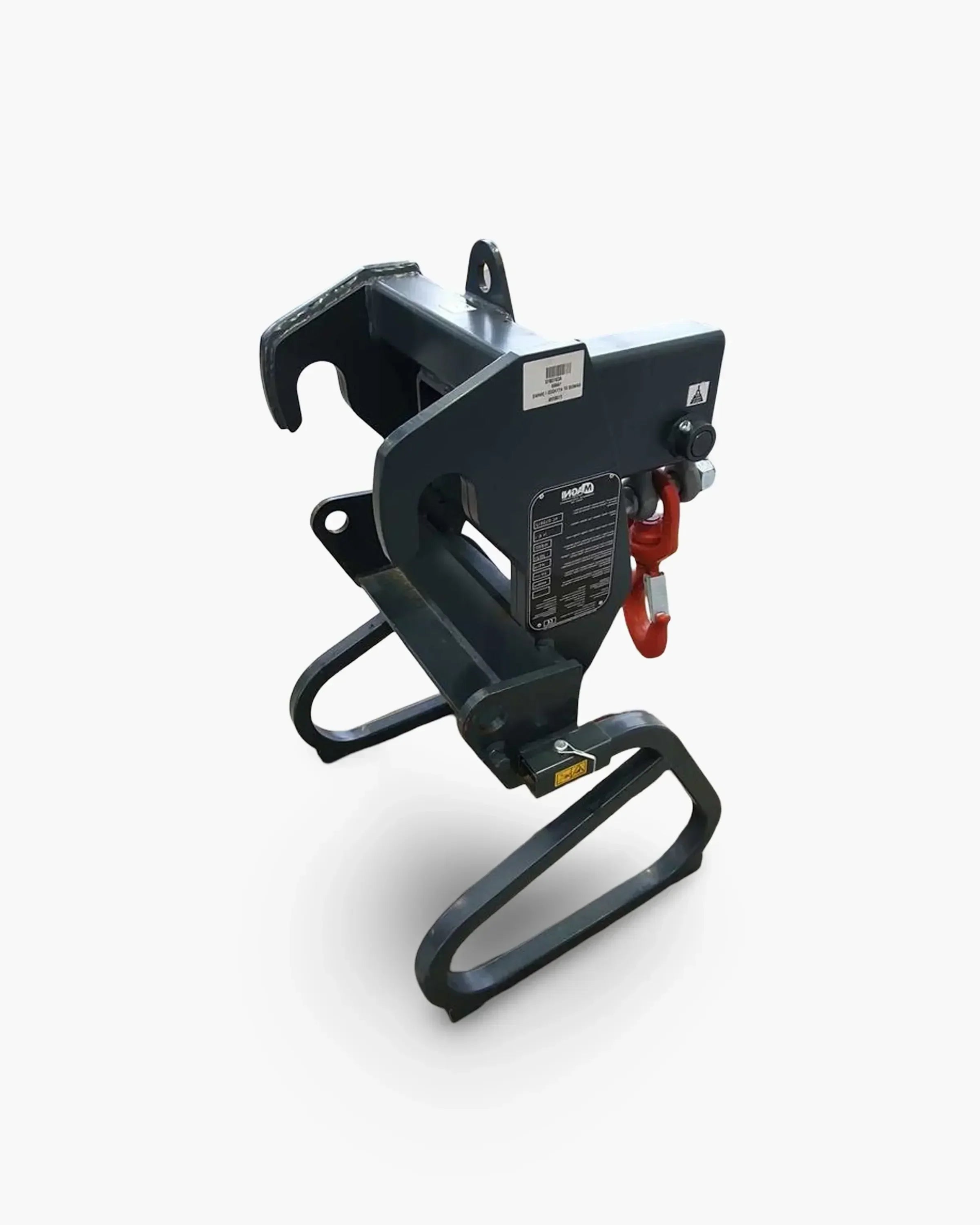

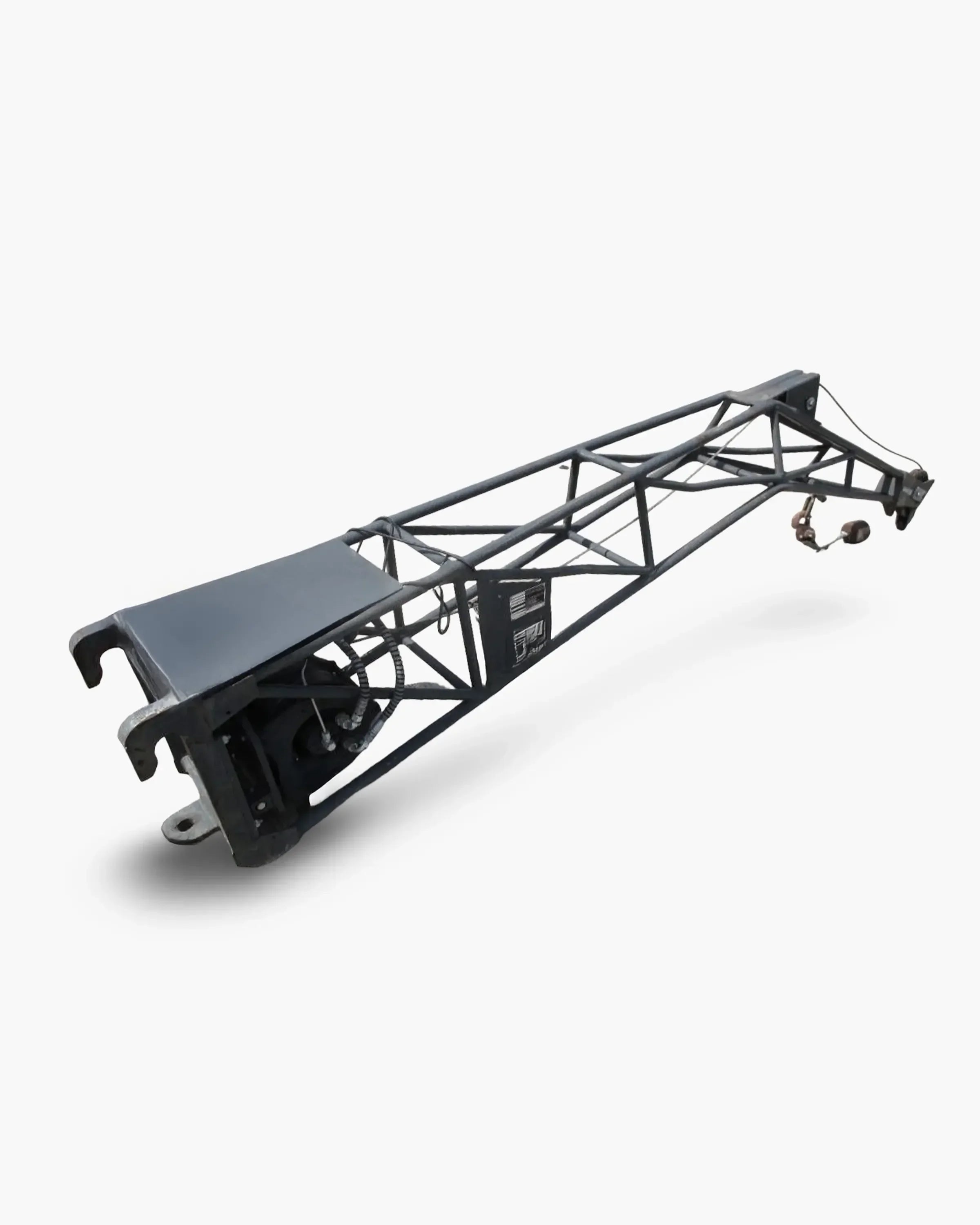
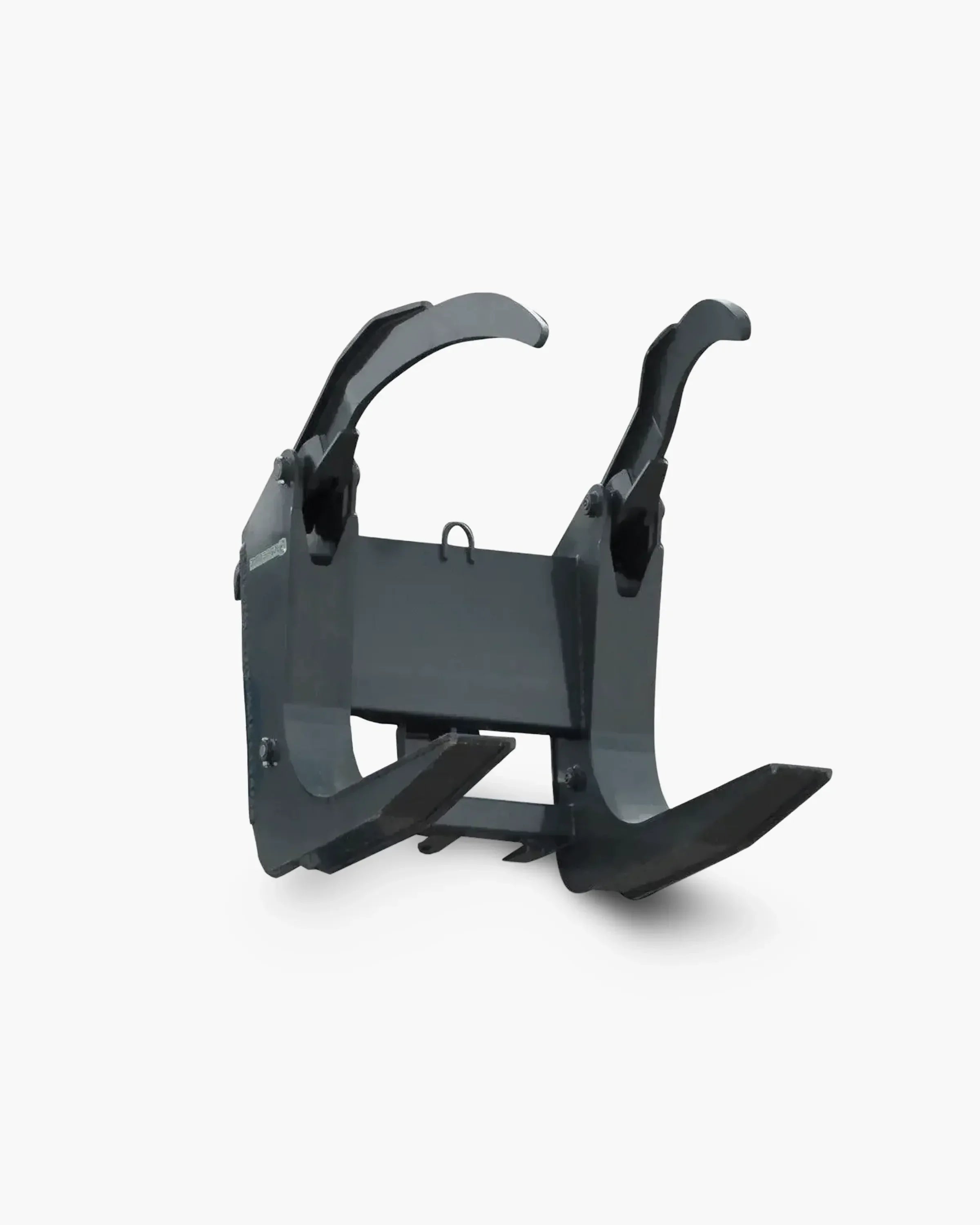
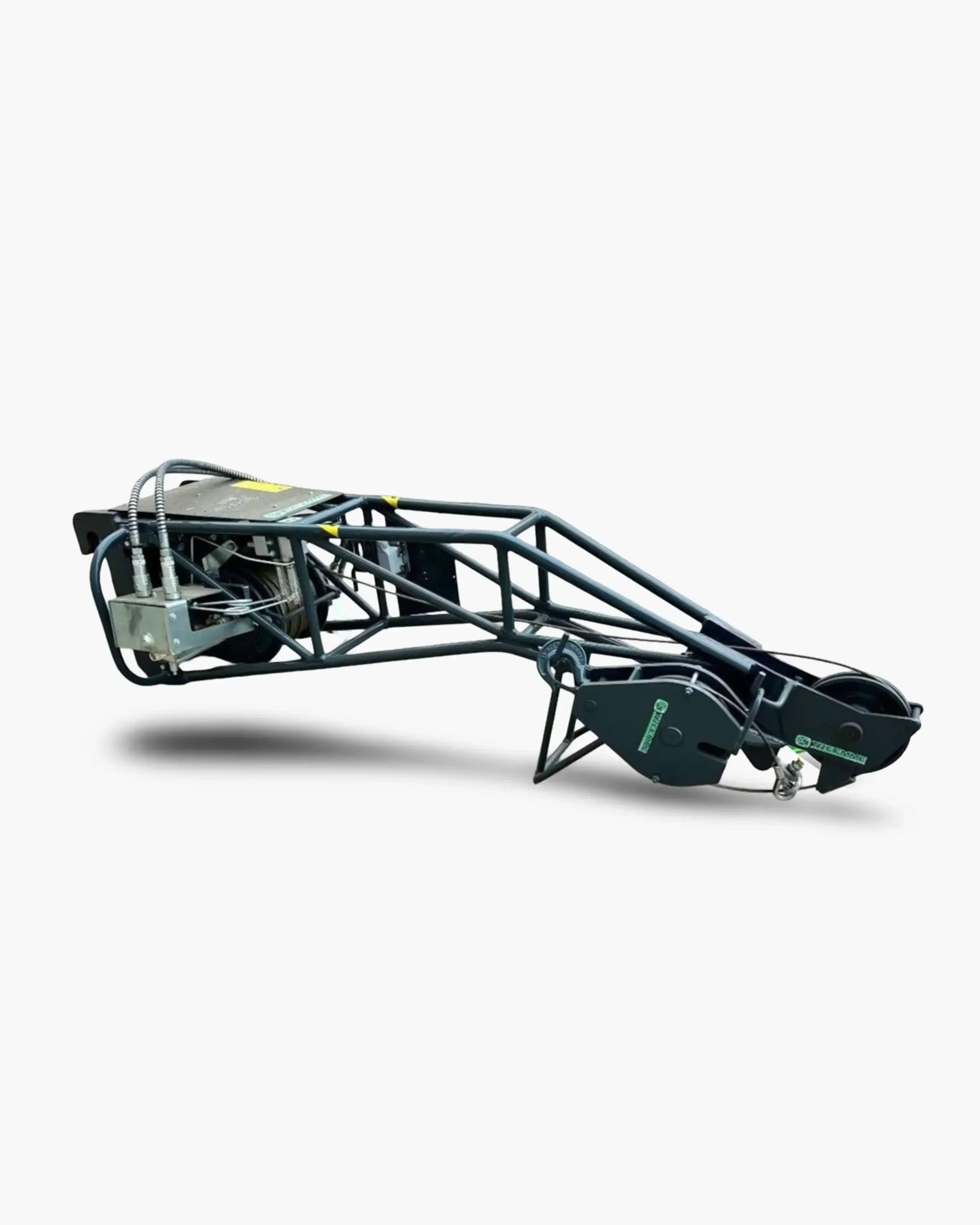

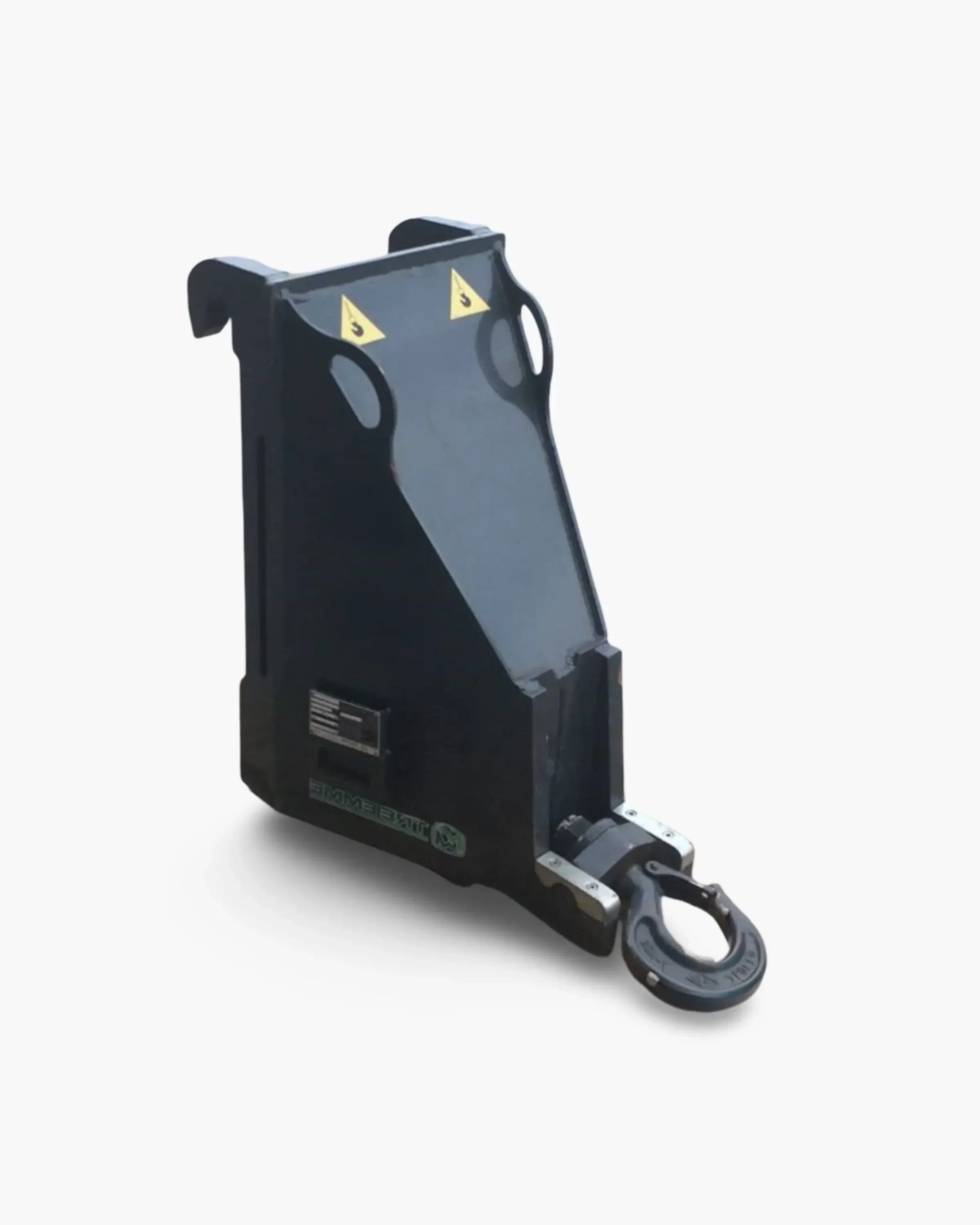
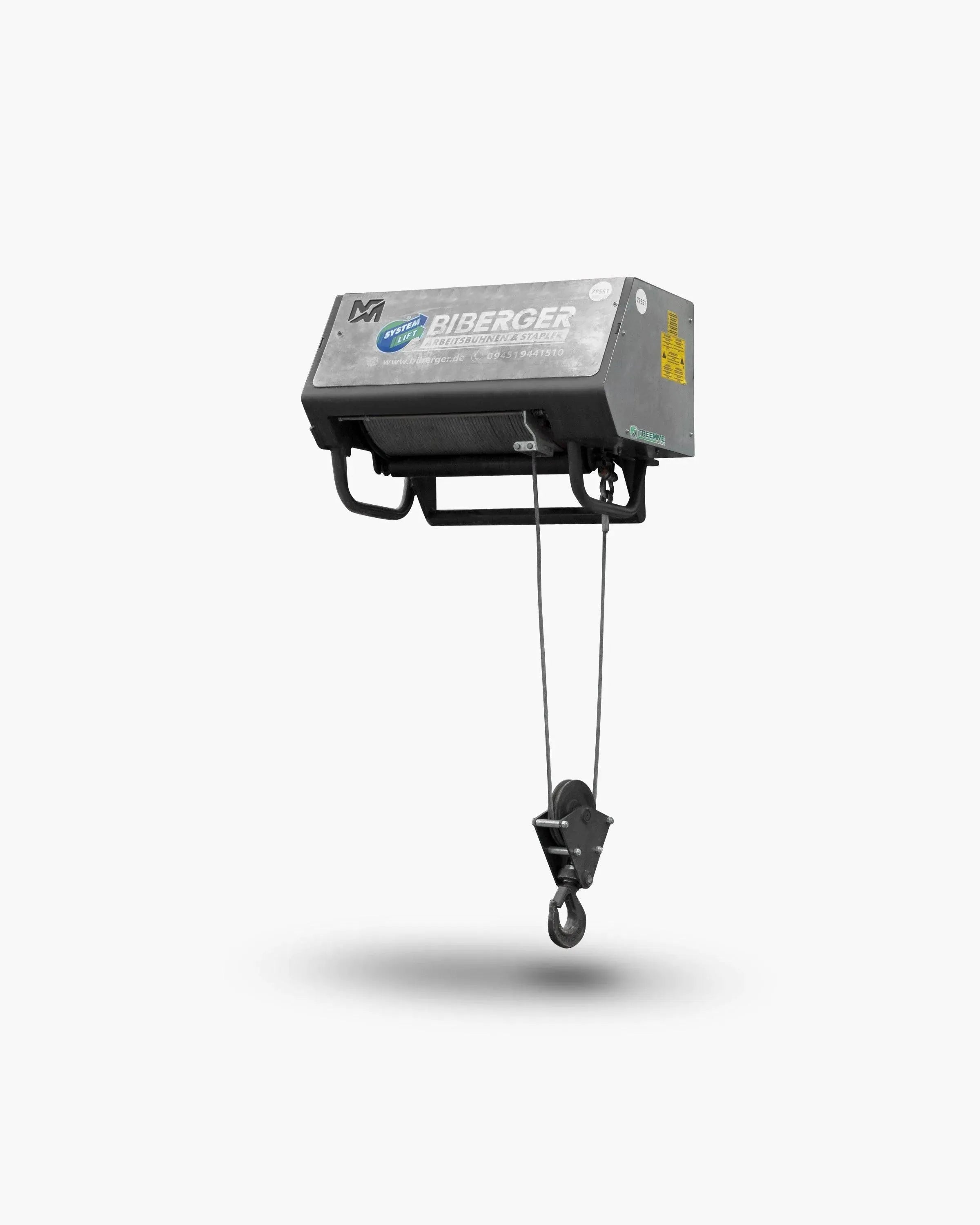
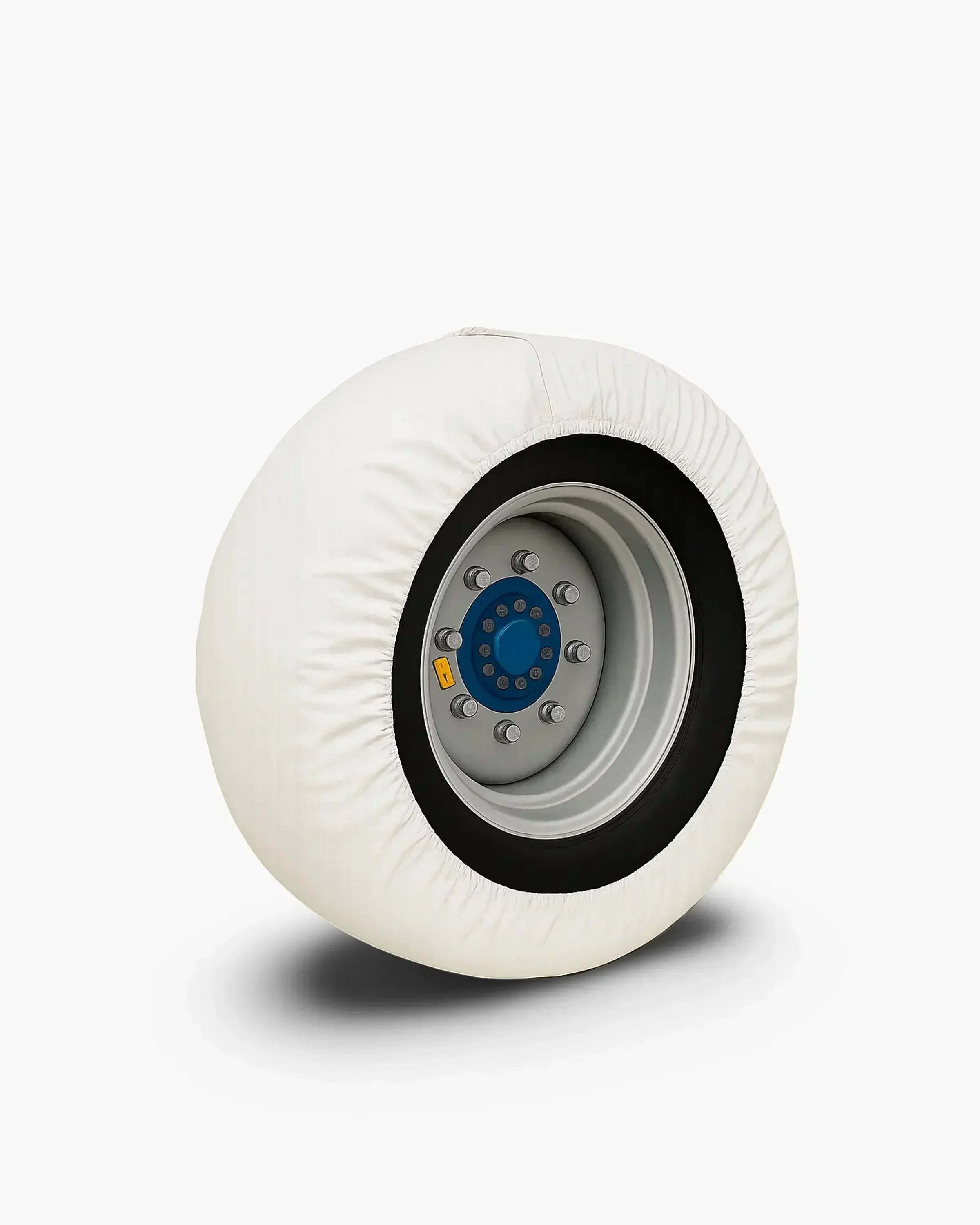




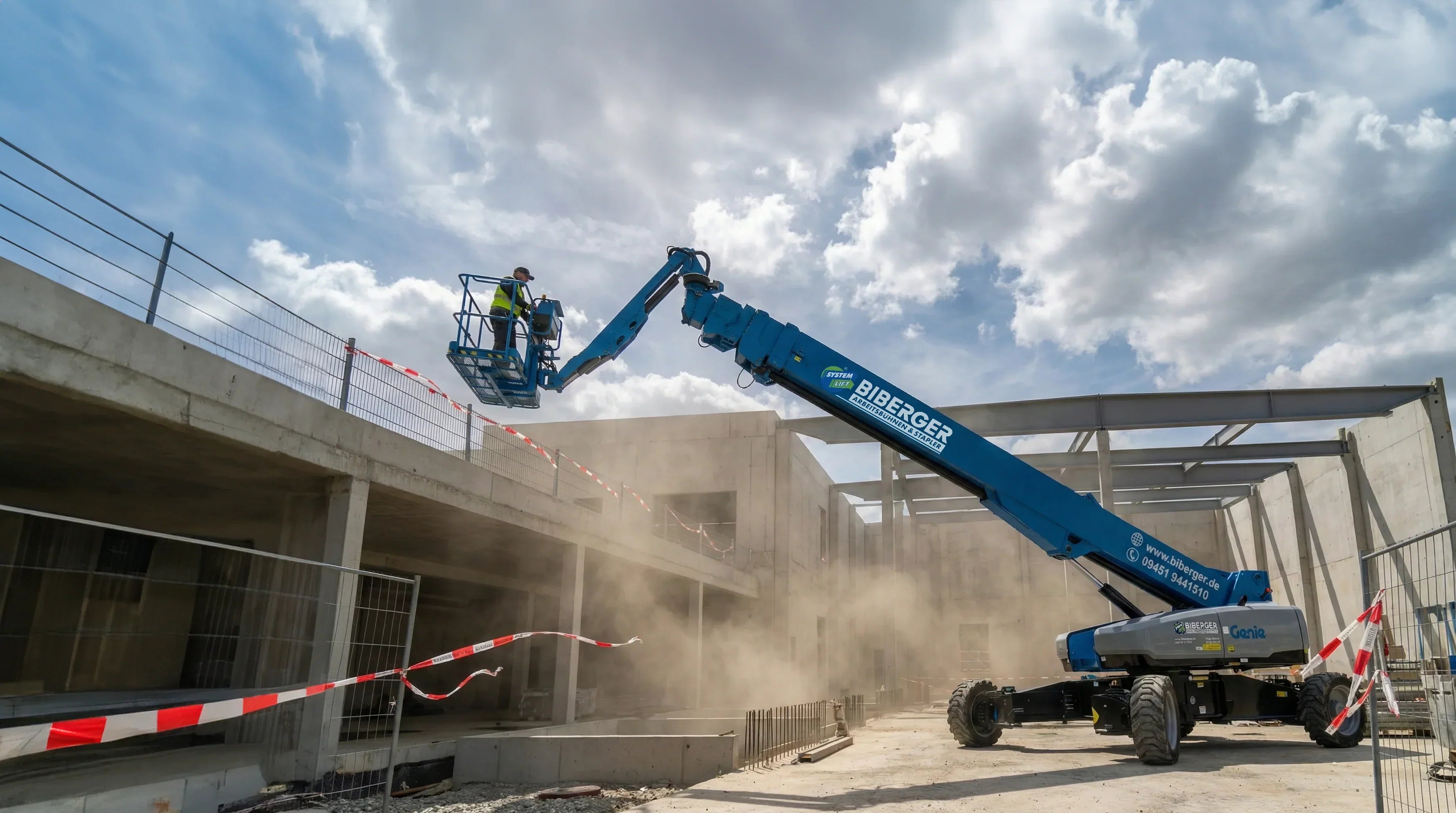

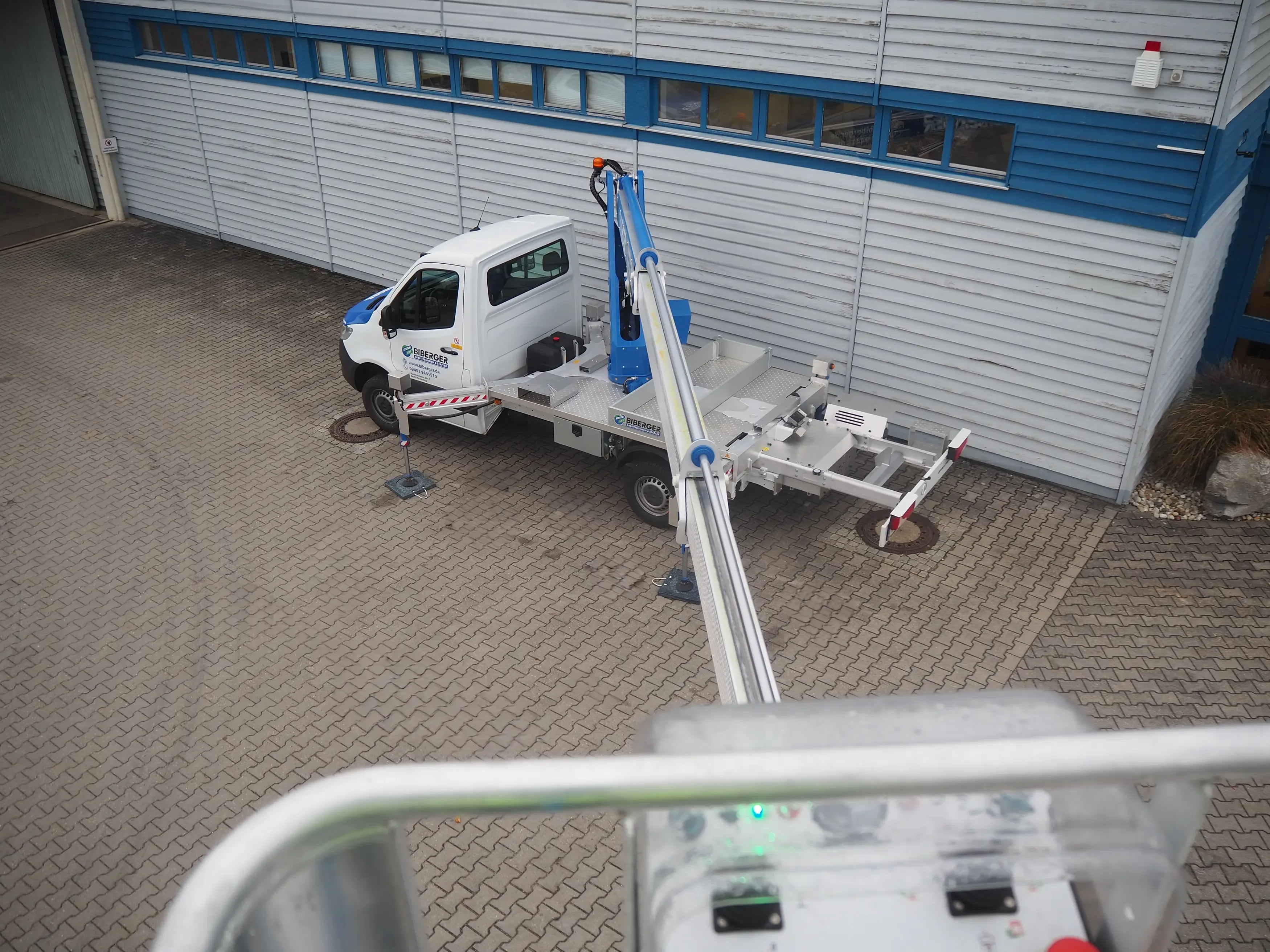
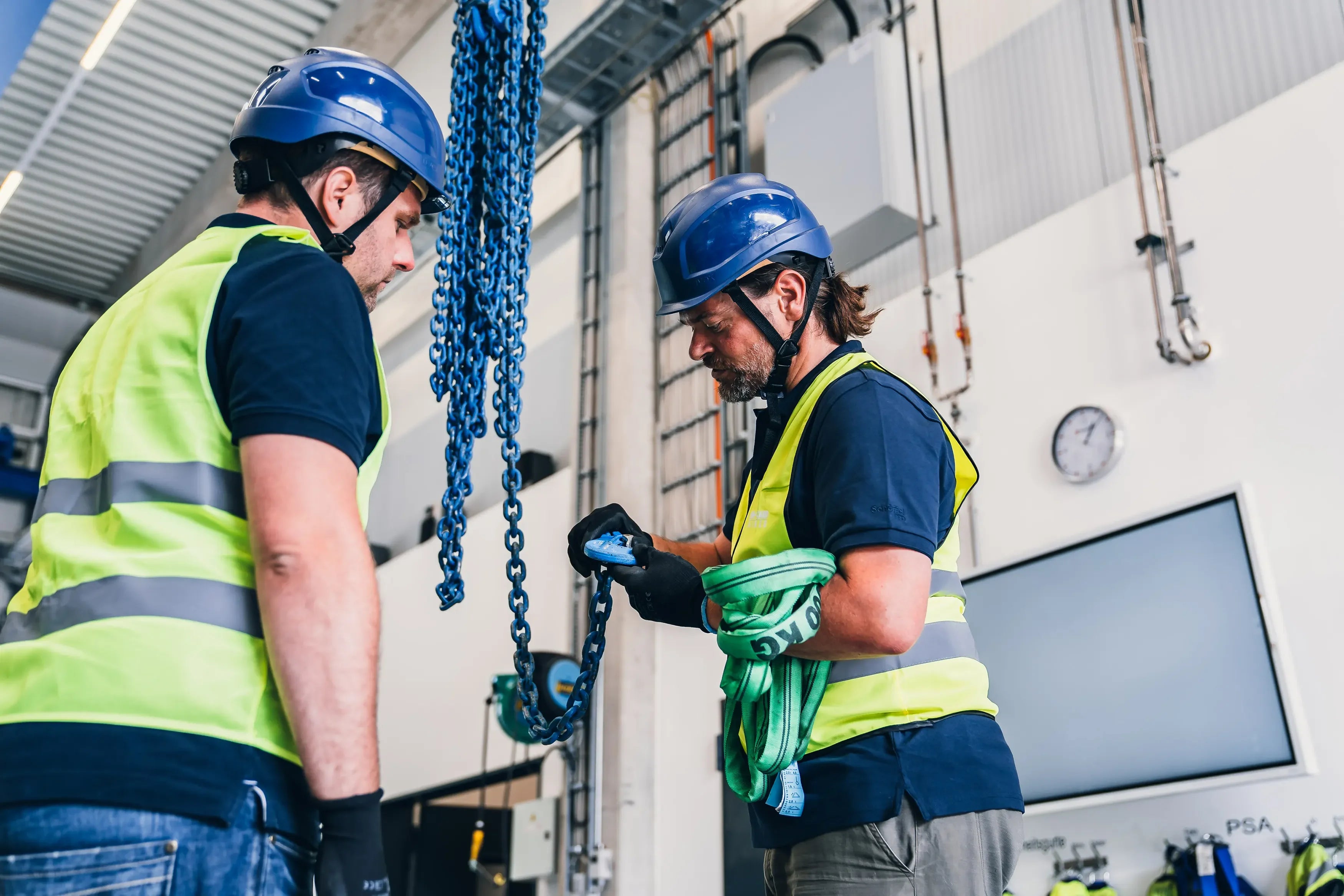
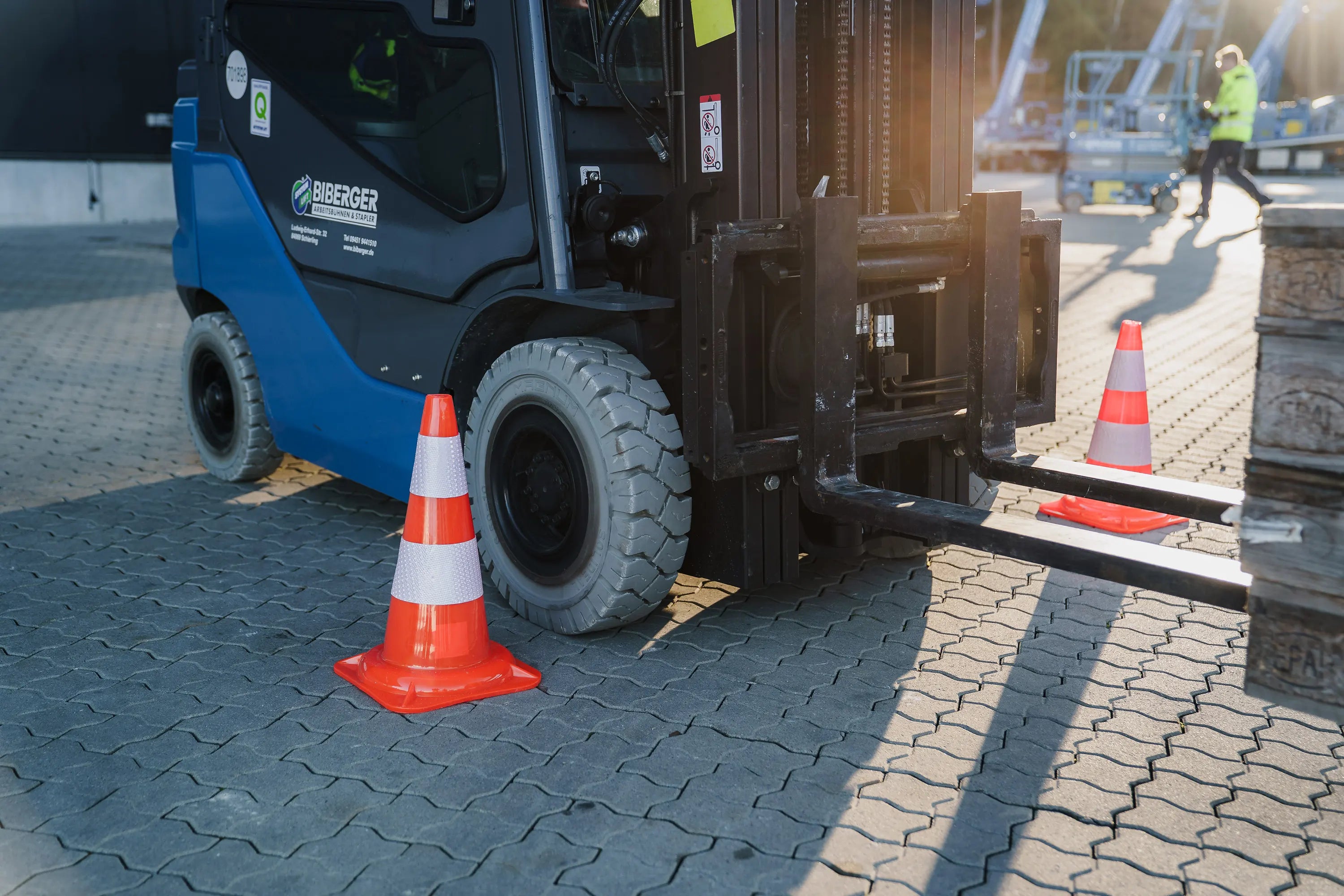









Share:
The world's largest forklifts, work platforms and cranes
Understanding axle load: What counts – and why it is so important
Our editorial quality standards
The subject content on biberger.de are editorially created, reviewed, and continuously updated. The basis is our daily work with aerial platforms, telehandlers, and industrial trucks – in rental, sales, operational planning, and technical support.
Each article draws on real-world experience and is editorially reviewed for clarity, accuracy, and practical relevance according to expert criteria. Technical statements are regularly compared against current industry standards and best practices.
The aim of our publications is to make reliable specialist knowledge accessible and to offer guidance to users, decision-makers and industry partners. BIBERGER sees itself as an independent information platform for safe, economical and modern height access technology – well-founded, comprehensible and free from advertising influence.